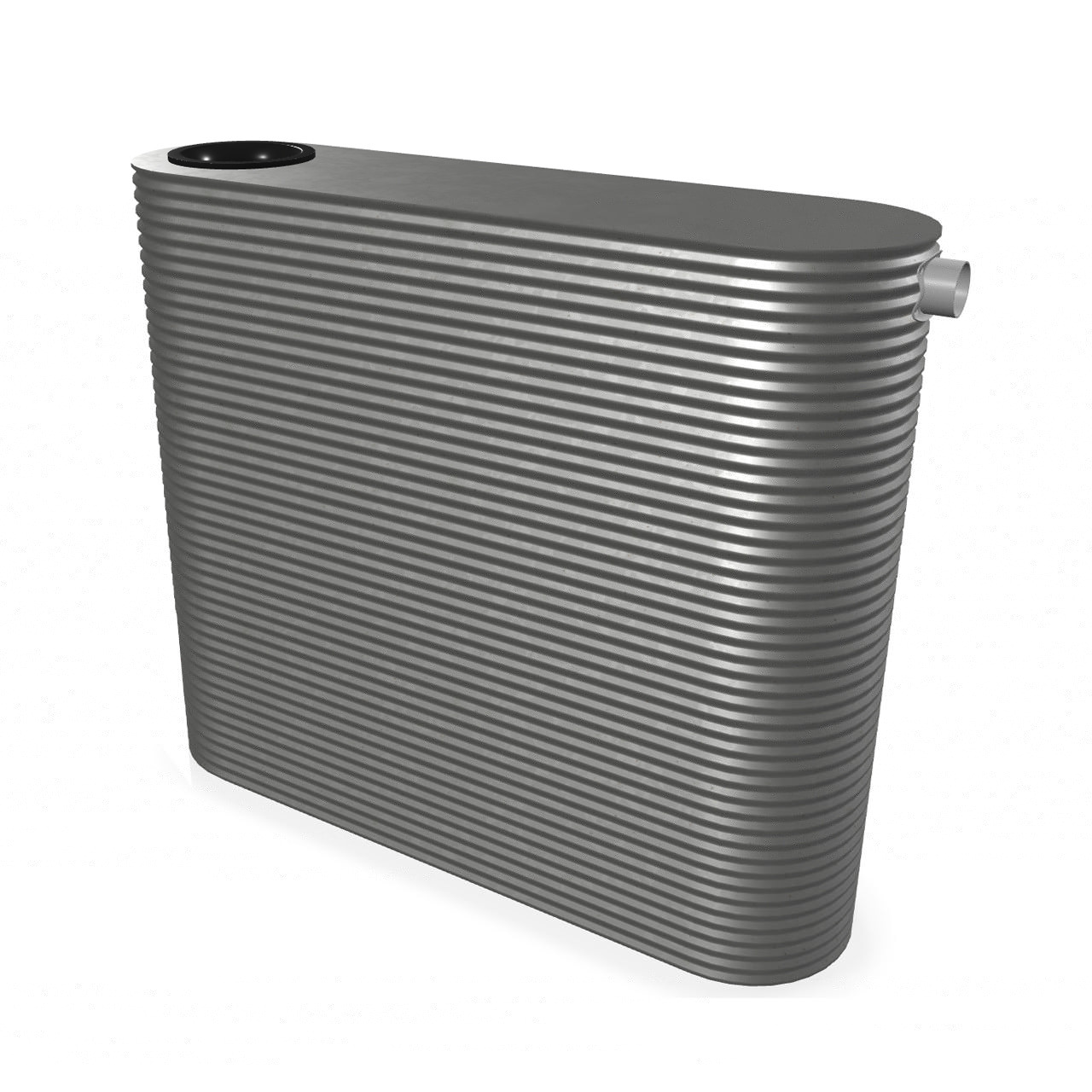Understanding the Value of Rainwater Tanks in Drought-Prone Regions for Water Protection
In regions susceptible to long term droughts, the duty of rainwater tanks in boosting water safety and security is a subject of growing relevance. As neighborhoods grapple with the difficulties of water scarcity, recognizing the importance of these containers goes beyond plain collection of rainwater. Rain storage tanks function as an important device in reducing the influence of water shortages by supplying a sustainable source of water for numerous needs. The true worth of rain tanks prolongs much beyond simple storage; it includes resilience-building procedures and the promo of long-lasting water conservation strategies. This complex method to water security warrants a more detailed evaluation of the duty rainwater storage tanks play in making certain a trustworthy water supply throughout times of dry spell.
Benefits of Rain Containers
Utilizing rainwater storage tanks offers a lasting remedy for augmenting water system and enhancing water security in property and commercial setups. Among the main advantages of rainwater tanks is their ability to lower dependence on keys water system. By catching and storing rainwater that drops on rooftops, this alternative source can be made use of for different non-potable functions such as irrigation, purging bathrooms, and washing clothes. This not just saves treated alcohol consumption water yet likewise lowers water bills for customers.

Rain Harvesting Strategies
Rain collecting strategies incorporate an array of approaches made to successfully gather and keep rain for different functions, adding to water conservation and sustainability. One common strategy is the installment of roof catchment systems, where rainwater is collected from the roof of a building and routed to a tank. This technique is relatively simple and cost-effective. Another preferred strategy is making use of above-ground or underground tank to keep rainwater for later use. These containers are available in various dimensions and products to fit different demands and can be linked to the existing plumbing system for very easy accessibility.

Moreover, rain gardens and absorptive pavements are ingenious strategies that involve landscape design or paving surfaces in such a way that enables rain to percolate into the ground, renewing groundwater gets. Additionally, contour farming and terracing are agricultural techniques that help capture rainwater and stop dirt erosion in uneven terrain. By carrying out these varied rain harvesting techniques, communities can improve water protection and resilience in drought-prone regions while promoting sustainable water administration methods.
Value of Water Protection
Ensuring reputable accessibility to tidy and enough water sources is paramount for sustaining human health, economic development, and environmental well-being. Water security is a vital element of societal resilience, particularly in regions vulnerable to droughts and water scarcity. Sufficient water safety and security encompasses various measurements, consisting of schedule, top quality, and access of water for residential, farming, industrial, and environmental needs.
Water security plays a critical duty in advertising public health and wellness by decreasing the frequency of waterborne illness and making sure sanitation facilities. Financially, water safety is vital for agricultural performance, industrial operations, and total financial growth. Slimline water tanks. In addition, water safety is carefully linked to ecological sustainability, as it supports ecosystems, biodiversity, and total environmental balance.
In drought-prone areas, water safety and security comes to be even extra important due to see the increased risk of water lacks. Implementing methods like rainwater harvesting, water recycling, and effective water monitoring methods can dramatically enhance water safety in these areas. By prioritizing water protection, communities can much better withstand the learn the facts here now effects of environment adjustment, population development, and various other challenges that endanger water schedule.
Enhancing Water Resilience
With enhancing international water challenges, building durability in water supply has actually become an important emphasis for lasting development efforts. Enhancing water durability entails implementing techniques to make sure water schedule and top quality in the face of changing environmental conditions, such as droughts, floodings, and contamination.
One trick facet of enhancing water resilience is promoting making use of rainwater storage tanks in drought-prone regions - Slimline water tanks. Rain storage tanks work as a reliable means of capturing and storing rainwater for later use, reducing reliance on scarce freshwater resources throughout completely dry durations. By including rain harvesting systems right into water monitoring strategies, neighborhoods can improve their capability to hold up against water deficiency and maintain water security

Sustainable Water Conservation
Among rising water challenges, the prudent administration of water sources via sustainable conservation methods is critical for ensuring long-lasting ecological security and social health. Lasting water conservation entails the effective use of water resources to satisfy present demands without endangering the ability of future generations to meet their own requirements. By executing techniques such as rainwater harvesting, greywater recycling, and water-efficient innovations, neighborhoods can minimize water wastage and minimize stress on freshwater resources.
In addition, lasting water conservation practices add to ecosystem health by maintaining adequate water levels in rivers, lakes, and marshes, sustaining biodiversity, and maintaining all-natural habitats. These practices also play an essential role in mitigating the influences of environment modification by assisting to adapt to transforming rainfall patterns and water accessibility.

Final Thought
Finally, rainwater storage tanks play a critical role in improving water safety and security and strength in drought-prone areas. By utilizing rainwater harvesting methods, areas can reduce their reliance on conventional water resources and advertise lasting water preservation practices. This not only helps alleviate the effects of water deficiency throughout dry spells but also contributes to long-lasting water safety and durability despite environment adjustment obstacles.